Starlink has become a blessing to the 14% of the Australian population that lives outside the capital and regional cities.
Let’s put this in perspective—some 12.5 million households can connect to the NBN by cable, 4/5G modems or GEO satellite. That leaves about 1.7 million households that cannot.
This is similar to Optus and Telstra claiming that 4G covers 98% of the population but conveniently forgetting to mention that it is only 12% of the landmass.
OK, let’s not get into a slinging match with NBN
It does a pretty good job providing internet access for its cable and wireless customers. The NBN Technology Map will tell you the property number, what type of NBN access it has, and whether upgrades to FTTP are planned.
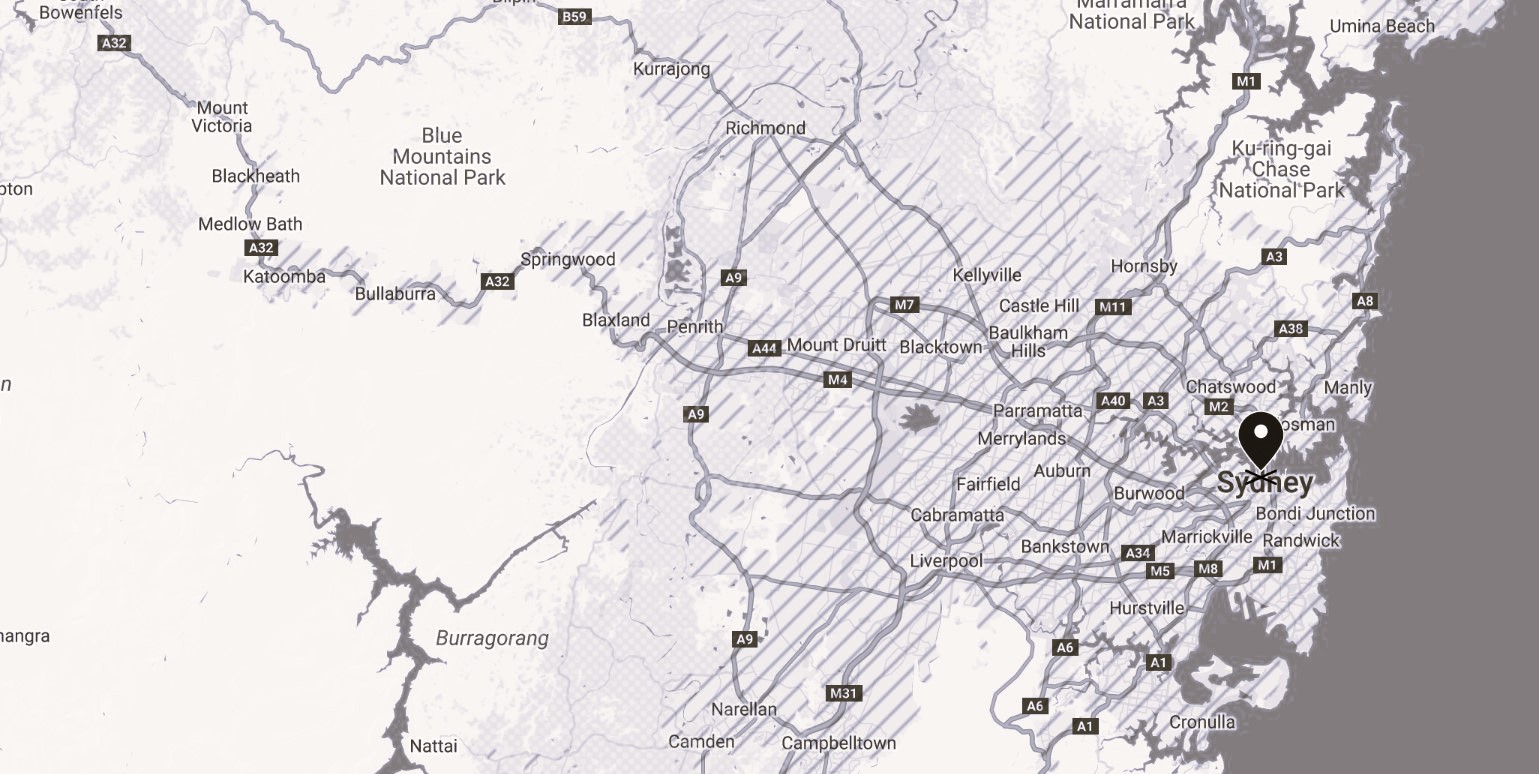
The point is that vast tracts of Australia can’t get broadband access – an essential service – from NBN or its resellers.
Australia has two satellite providers – government-owned NBN Sky Muster I/II and Space X’s Starlink.
Sky Muster
According to WhistleOut, Sky Muster offers NBN 12 and 25Mbps, 20GB to unlimited data plans and prices from $39.95 to $104.95 monthly. While faster ‘Plus Premium’ speeds are available at far higher costs, these prices are more reasonable than when the service was introduced.
There are limits on streaming video and VPN use. Latency times are around 600ms, which is too slow for voice. Only two geosynchronous high-earth orbit (GEO) satellites at 35,786km above Australia communicate with ground base stations to redistribute the signal.
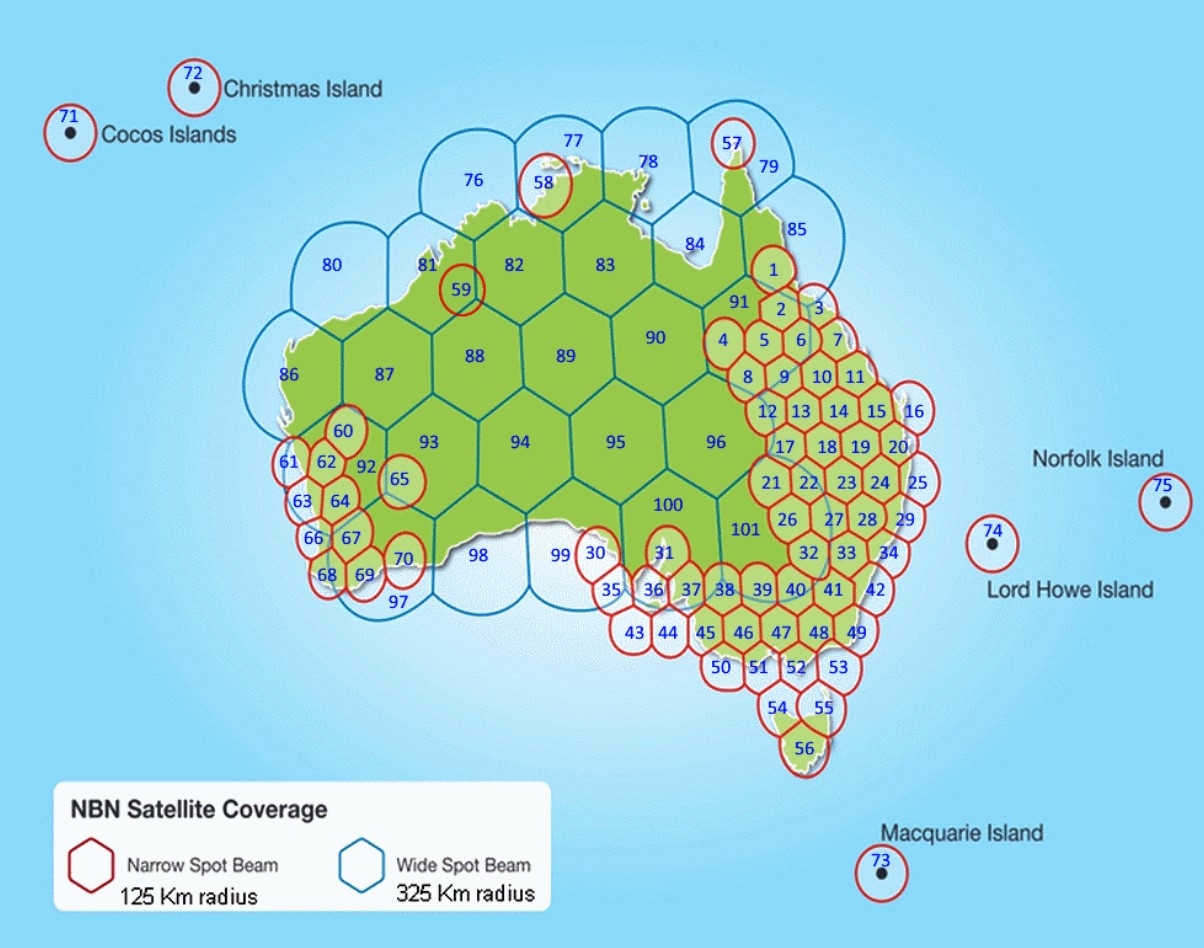
Telstra says Sky Muster is so bad that it won’t refer customers to the service. “We have not been referring customers to the NBN Sky Muster service,” Telstra general counsel Lyndall Stoyles told the ABC.
Starlink
Starlink (website) uses about 6,500 low-earth orbit (LEO) satellites at 550km, offering 25-60mms latency. The eventual plan is to double that number for the whole-of-Earth coverage. The satellites have open APIs to show where they are and anti-collision measures like argon thrusters to avoid space debris.

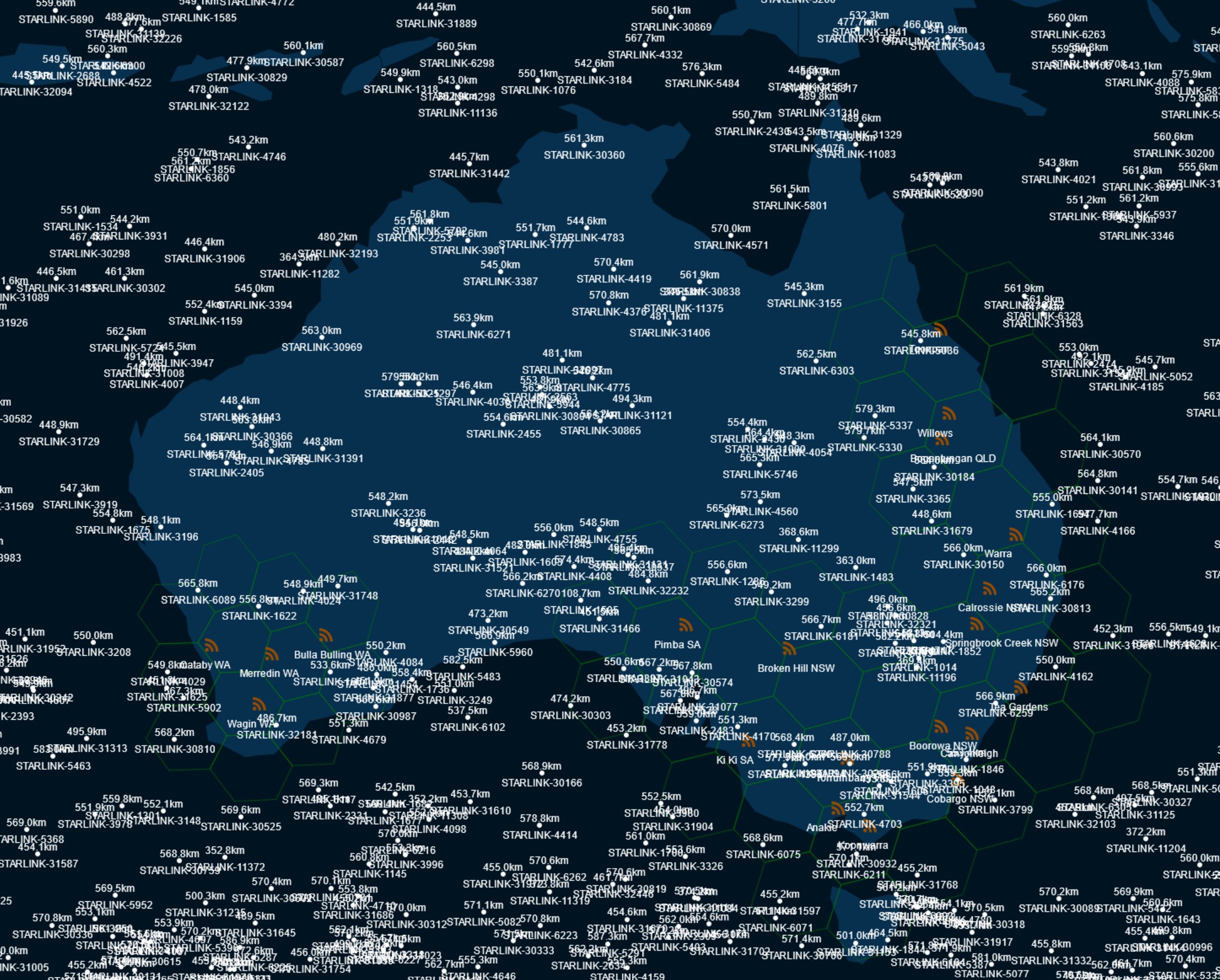
Initially, it was for those who could not get NBN, but now it is for all. It covers residential, roaming, and marine use. It is not low-cost, but it is reliable and fast.
- Residential is $139 per month with unlimited data.
- Roam (Countrywide Coverage, In-motion Use, International Travel, Coastal Coverage, Pause Service) is $80/50GB or $195/Unlimited.
- Boats (Unlimited Inland Data, In-motion + Ocean Use, Network Priority, Priority Support) are $374/50GB and $1486/1TB—data is unlimited. The amounts are ‘priority data’.
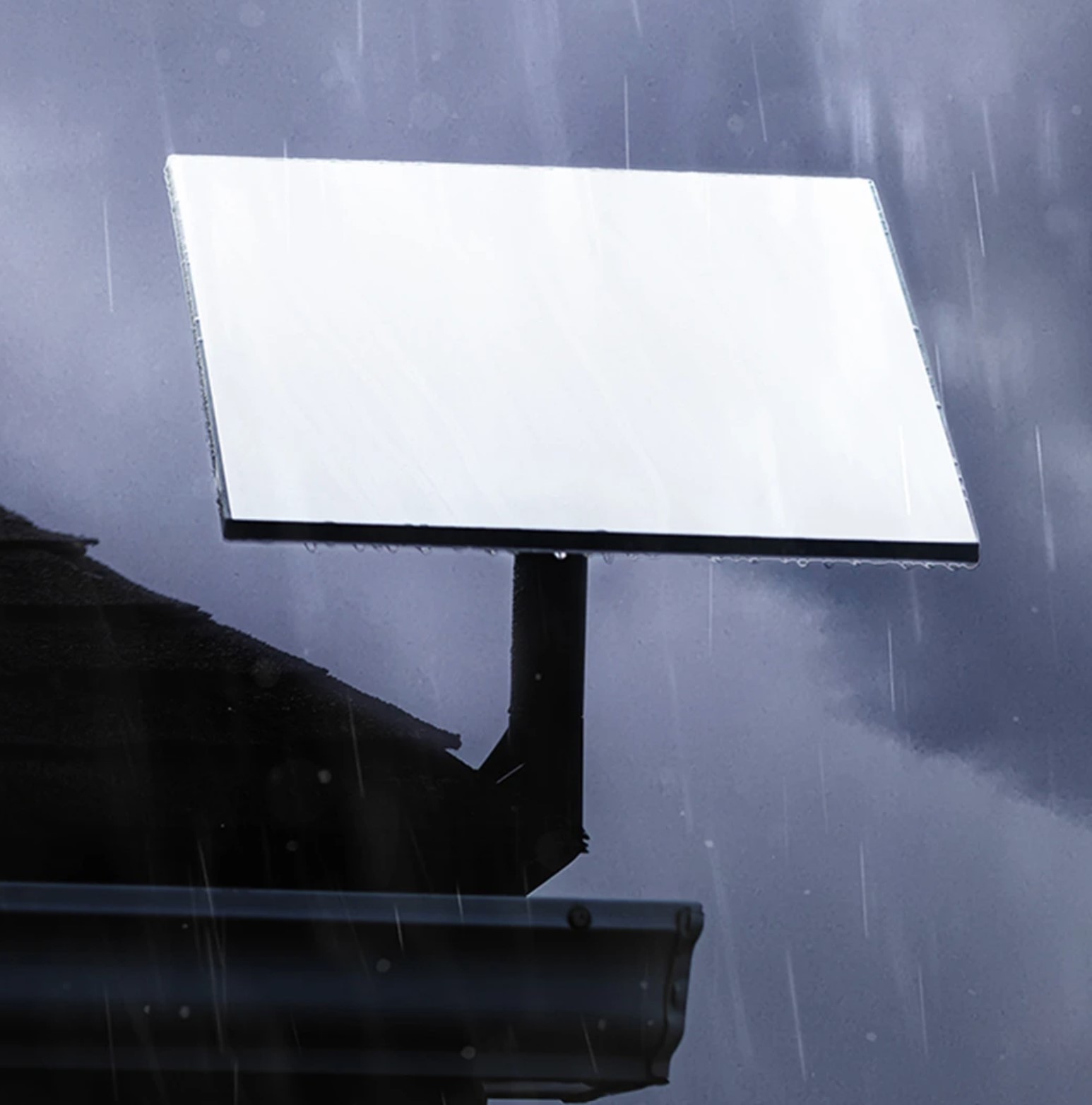
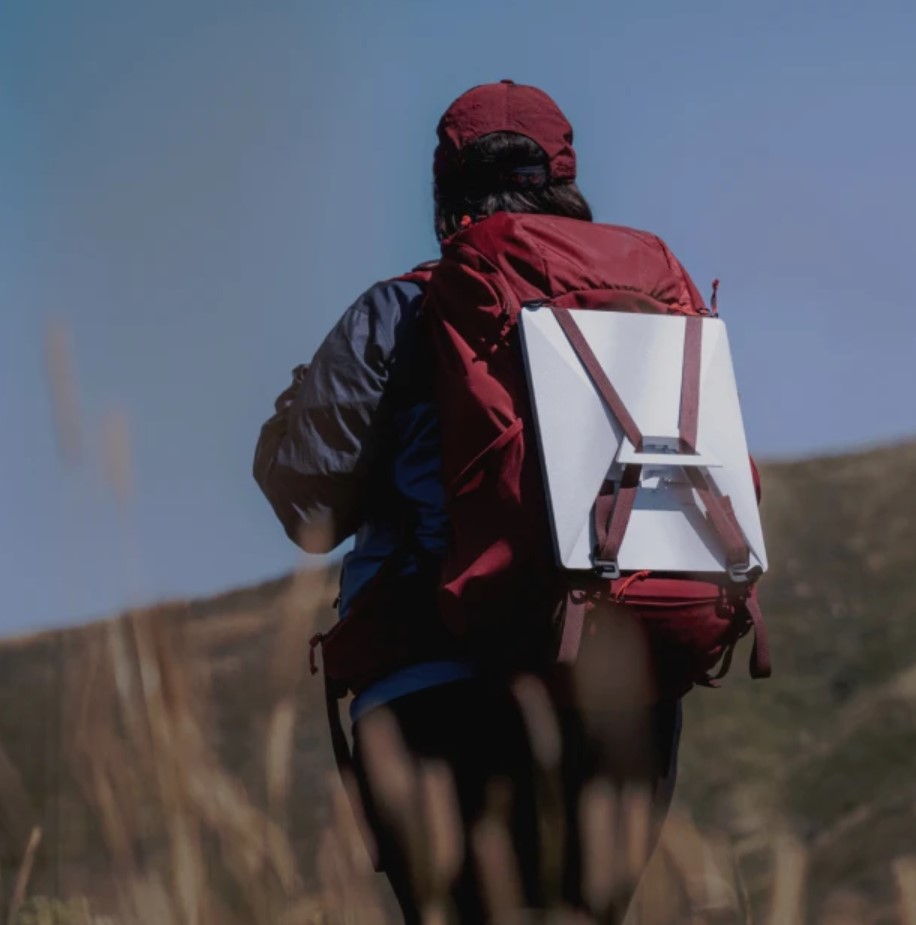

There are also business plans for fixed sites, land mobility and maritime.
Residential users report that speeds vary from 25-270Mbps DL and 10-40Mbps upload but are often higher.
However, you must buy a self-installed Starlink Kit for $599. This kit includes a satellite dish (and an unobstructed sky view), a Gen 3 Wi-Fi 6 AX router, and cables/power supply. It also has an Ethernet port to connect to an existing home network or mesh.
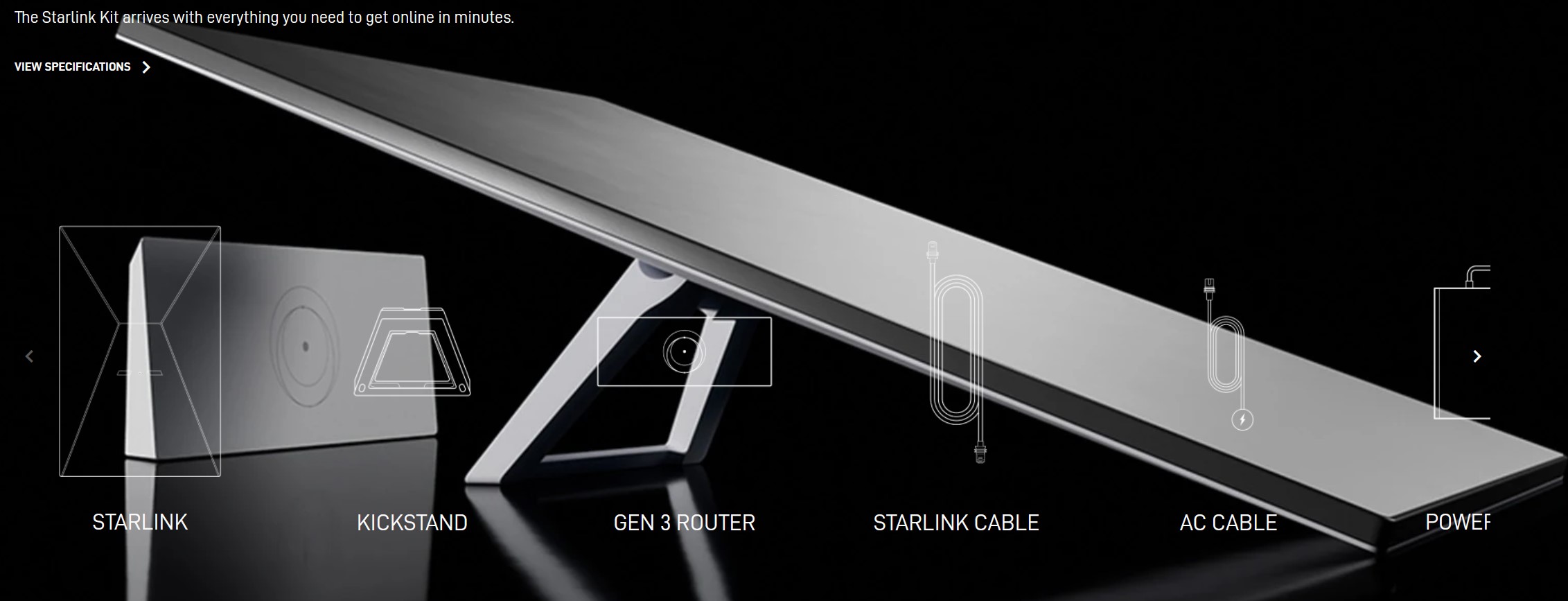
It is much better, faster and more reliable than the Sky Muster.
Power of good or Musk’s evil political football
The ABC lefties say Starlink has conquered Australia, is used by over 200,000 people, and is increasingly used by fire departments, police, naval vessels, military, state and federal government departments.
The mischievous question is, ‘Could Musk simply pull the plug?’ to further his ends. The question is like, ‘ Can China stop every smartphone, EV, and the internet? ‘
The answer is that Starlink is a commercial enterprise and part of SpaceX’s grand plan, which is all about cost efficiency (reusing rockets), reliability, and profit. If it does the right thing, it will make money.
The ANU’s Tech Policy Design Centre director, Johanna Weaver, says ownership does not matter.
The Security of Critical Infrastructure Act (2018) imposes obligations and regulations on organisations that operate critical infrastructure. Starlink is legally obligated to mitigate threats to its internet access in Australia.
The Department of Home Affairs said, ‘Starlink is a regulated entity under this framework, as a licensed telecommunications carrier.’
CyberShack’s view: The ABC has too much time on its hands. Starlink is safe.
The only feasible way to disable Starlink is for enemy states to devise a way to bring down thousands of satellites.
China’s PLA has already tested missiles, LEO explosions designed to spread debris in their path (failed), and submarine-based lasers (potential) to knock out the satellites.
Russia has also conducted failed anti-satellite missile tests over Ukraine to knock out their use of Starlink.
Experts state, ‘Even if a significant number of satellites are destroyed, there are redundancies to replace them.’
Starlink cannot operate in China, and the government has placed more than 900 Chinese-made satellites in LEO. It aims to deploy 15,000 to over 40,000 LEO satellites by 2030, providing whole-of-Earth coverage. China says its LEO network will be much cheaper than Starlink and will eventually prevail, just as its EVs have destroyed the global car market.
The Western world can only try to prevent Chinese LEO satellites from overrunning their territory. They are rightly concerned about national security, data privacy, and exerting too much control over a critical resource.
So, if you were considering Starlink and the lefties had you concerned, there are far more pressing global issues to worry about.



2 comments
Admin
This article is full of inaccuracies and misinformation. Please ensure you check the facts before publishing.
Ray Shaw
If you would care to point out those alleged inaccuracies we will gladly correct them.